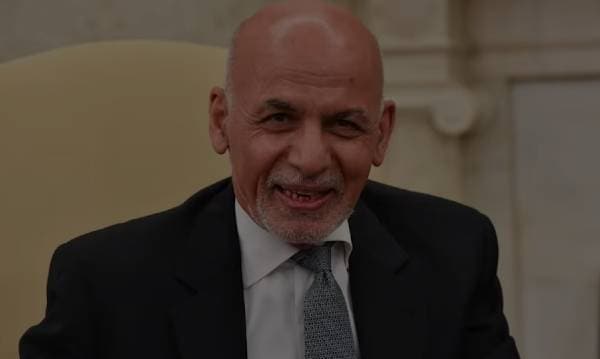Opinion | The Only Question to Ask About These House Republicans
One popular answer is Donald Trump who, in this view, is directly responsible for the downward spiral of dysfunction and deviancy that defines today’s Republican Party. It’s his success as a demagogue and showman that set the stage for the worst of the behavior we’ve seen from elected Republicans.
The problem, as I’ve already noted, is that most of what we identify as Republican dysfunction was already evident in the years before Trump came on the scene as a major figure in conservative politics. Even Trump’s contempt for the legitimacy of his political opponents, to the point of rejecting the outcome of a free and fair election, has clear antecedents in conservative agitation over so-called voter fraud, including efforts to raise barriers to voting for rival constituencies.
Another popular answer is that we’re seeing the fruits of polarization in American political life. And it is true that within both parties, there’s been a marked and meaningful move away from the center and toward each side’s respective flank. But while the Democratic Party is, in many respects, more liberal than it has ever been, it’s also not nearly as ideologically uniform as the Republican Party. Nor does a rigid, doctrinaire liberalism serve as a litmus test among Democratic voters in Democratic Party primaries outside of a small handful of congressional districts.
Joe Biden, for example, is the paradigmatic moderate Democrat and, currently, the president of the United States and leader of the Democratic Party, with ample support across the party establishment. And in Congress, there’s no liberal equivalent to the House Freedom Caucus: no group of nihilistic, obstruction-minded left-wing lawmakers. When Democrats were in the majority, the Congressional Progressive Caucus was a reliable partner of President Biden’s and a constructive force in the making of legislation. If the issue is polarization, then it seems to be driving only one of our two parties toward the abyss.
Helpfully, the extent to which the Democratic Party still operates as a normal American political party can shed light on how and why the Republican Party doesn’t. Take the overall strength of Democratic moderates, who hold the levers of power within the national party. One important reason for this fact is the heterogeneity of the Democratic coalition. To piece together a majority in the Electoral College, or to gain control of the House or Senate, Democrats have to win or make inroads with a cross-section of the American public: young people, affluent suburbanites, Black, Hispanic and Asian American voters, as well as a sizable percentage of the white working class. To lose ground with any one of these groups is to risk defeat, whether it’s in the race for president or an off-year election for governor.
Check out our Latest News and Follow us at Facebook
Original Source







